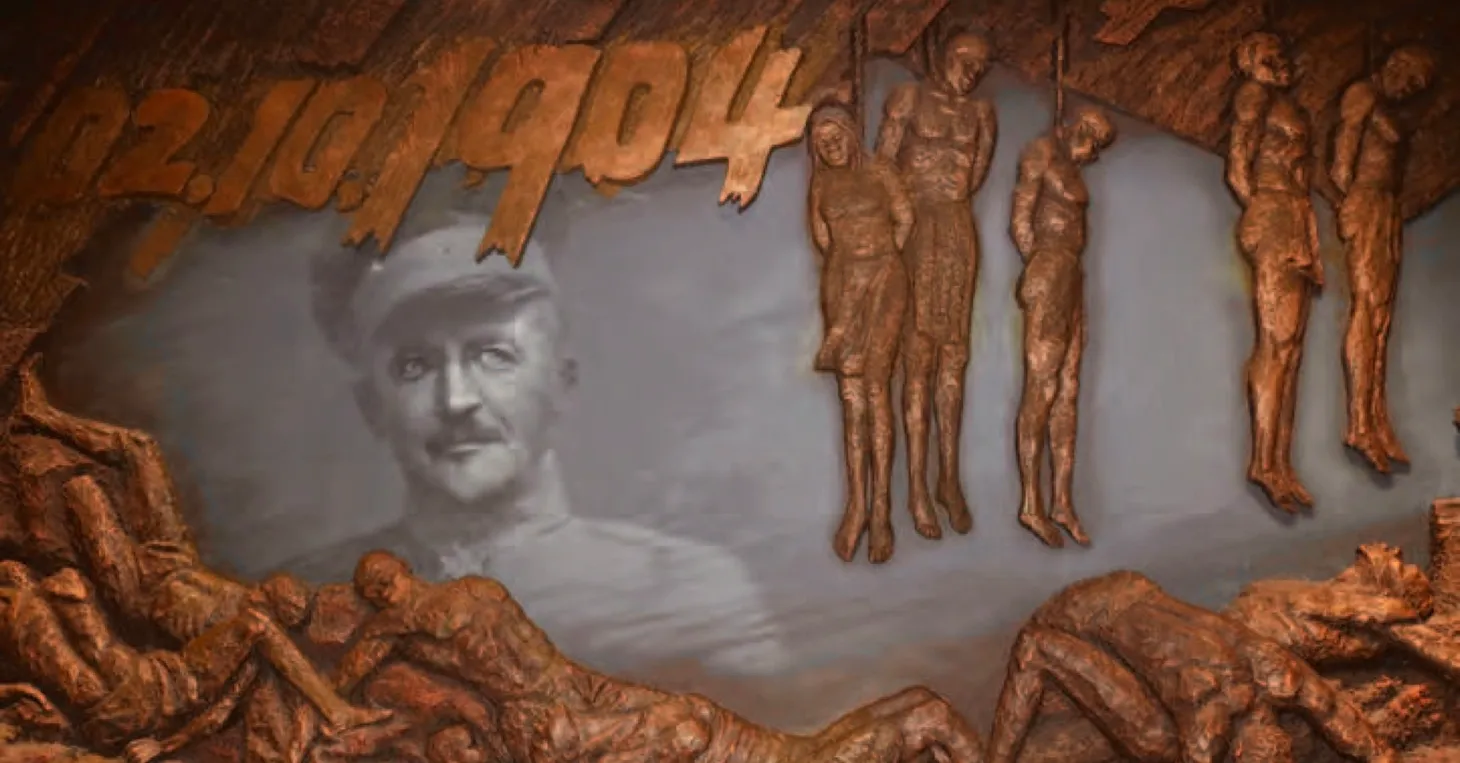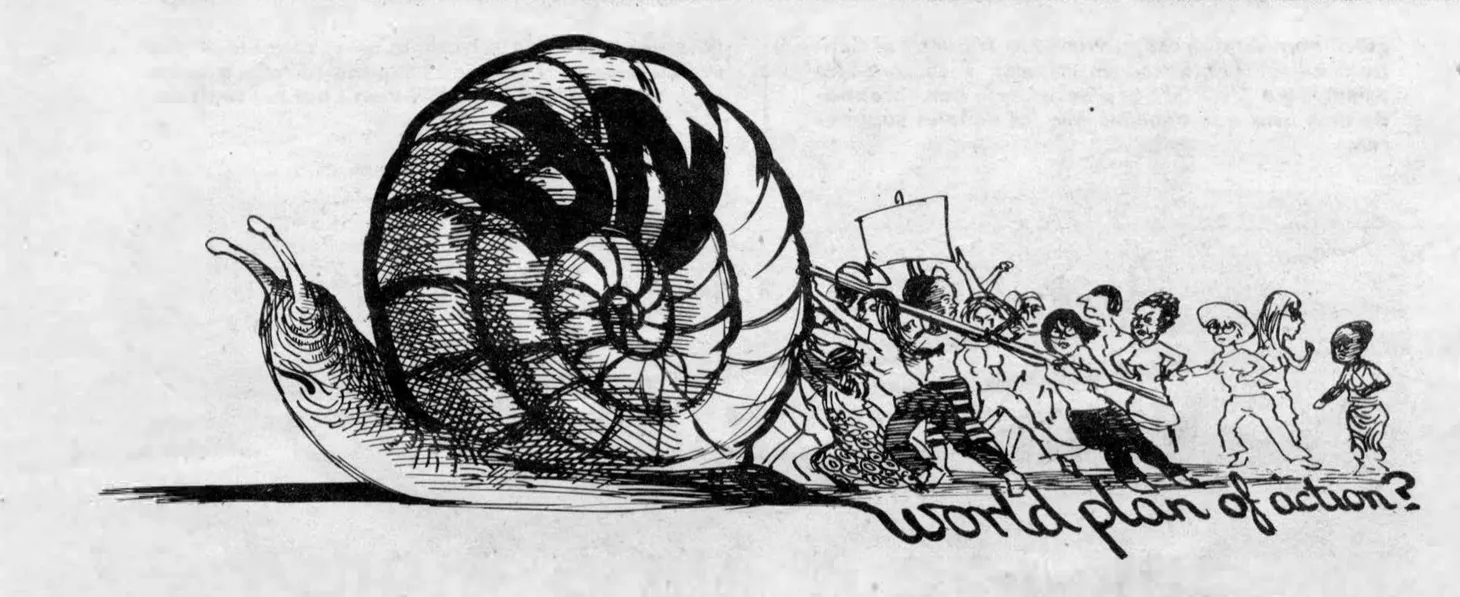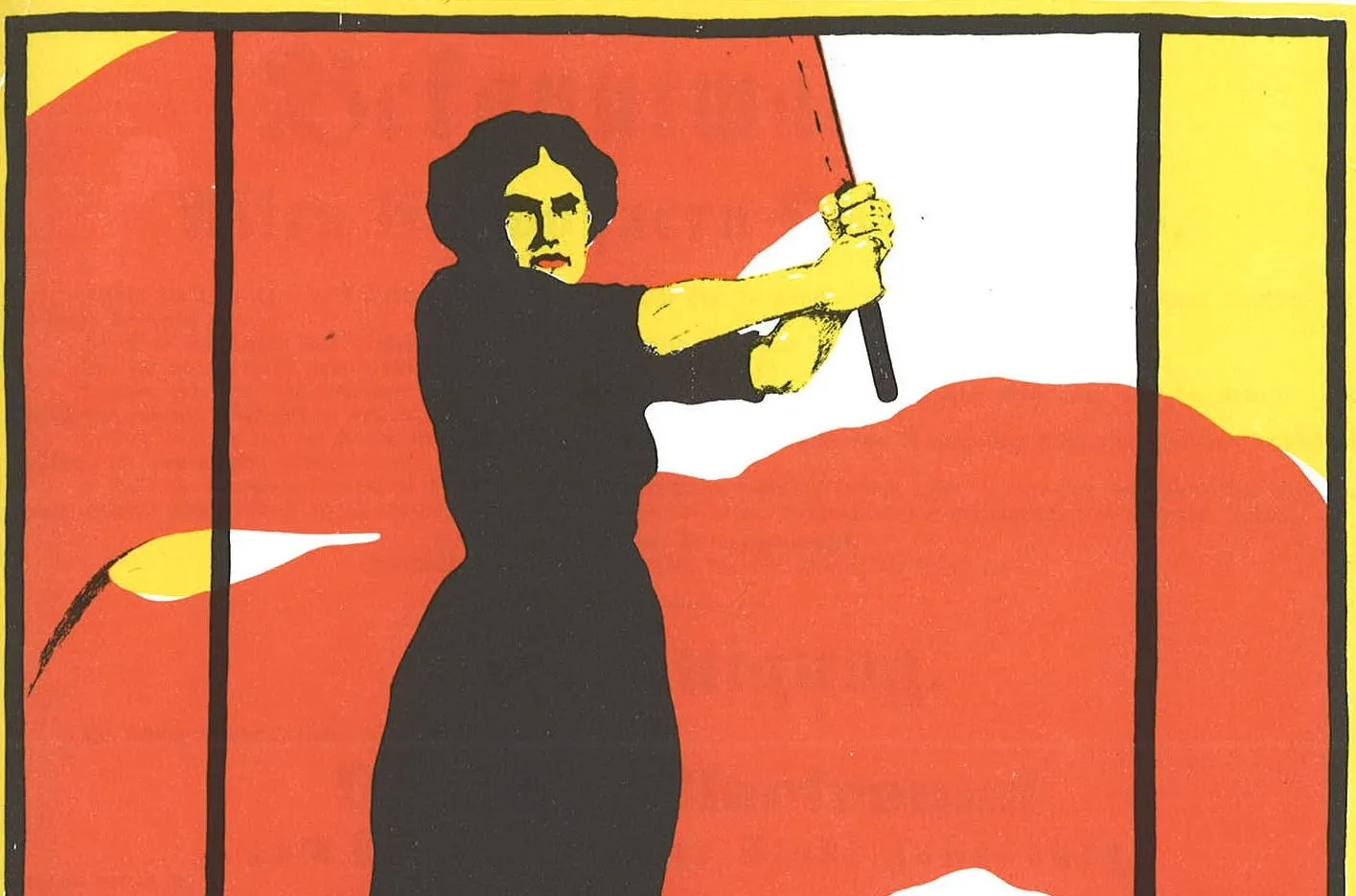“All Women Throughout the World”: Global Feminism and Internationalism, 1900-1950
Discussion of teaching global feminism in the first half of the 1900s
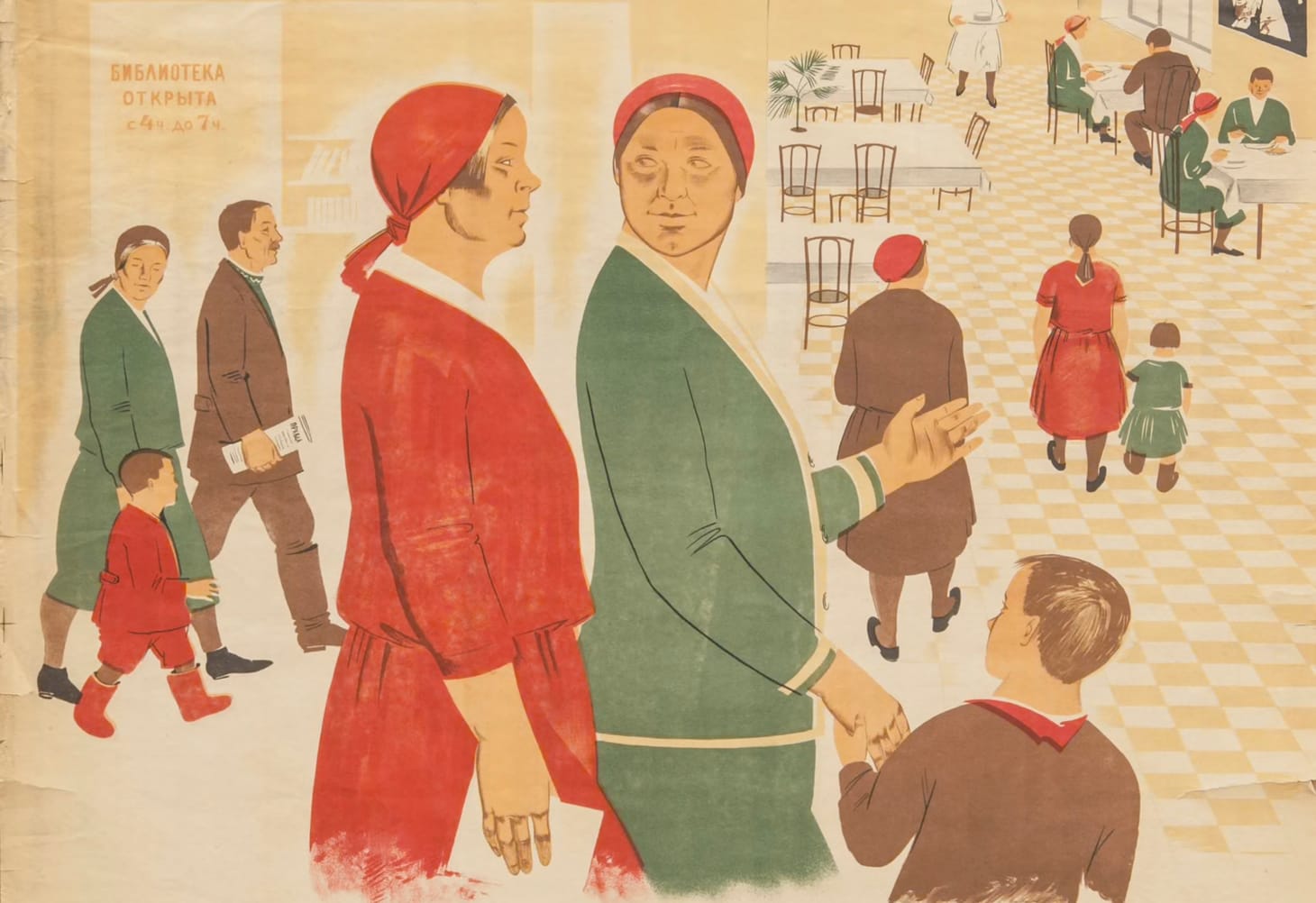
Historical narratives can be compelling. In world history courses, teachers often feel compelled to frame the first half of the twentieth century as an age of conflict or crisis. There’s a good reason for this tendency. I’ve written previously about the Forty Years’ War from 1911 to 1953, which included the two World Wars and many regional conflicts with global implications. Even when I wrote those posts, I struggled with integrating the increase in internationalism in the first half of the century. Even as wars increased steadily, it was a period of increasing global cooperation. That cooperation often “failed” to achieve the organizers’ lofty goals, but that doesn’t mean we should ignore the cooperation. Raj Bhat presents a helpful introduction to Internationalism between the World Wars for the OER Project.
When I began researching this series on global feminism, I kept encountering Leila Rupp’s work. Rupp is a professor of feminist studies at UC Santa Barbara; she has written extensively on internationalism among women’s organizations in the late nineteenth and early twentieth centuries. Her classic Worlds of Women: The Making of an International Women's Movement explores how women fought for causes and promoted feminism across borders. Despite the surprising number of examples of internationalism that Rupp discussed, the Raj Bhatt video only briefly mentions women.
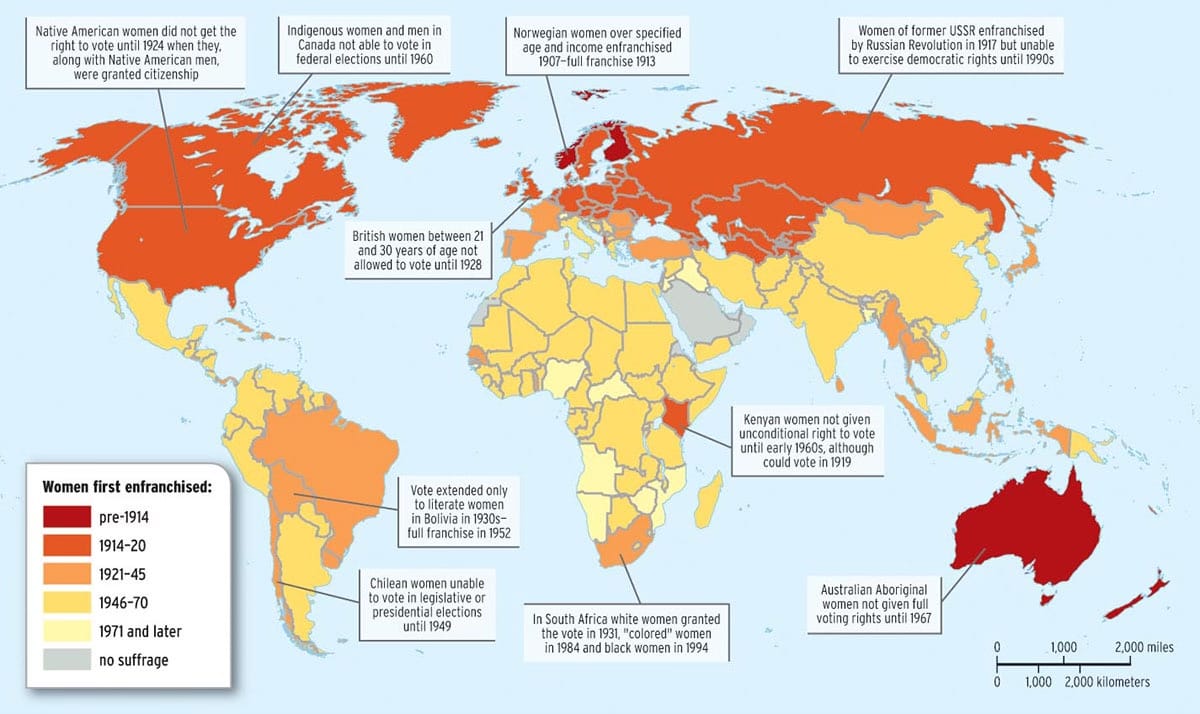
Bhatt’s not alone in ignoring the development of an international women’s movement in the first half of the twentieth century. World history textbooks often focus on feminism and women’s rights only by discussing the spread of women’s suffrage, how women became “modern” and adopted new lifestyles, or the uniqueness of the Soviet Union’s awareness of women as part of the Communist revolution. The idea of early twentieth-century women as international diplomats crossing borders and working together to promote feminist causes isn’t part of our standard narrative. By focusing on four early twentieth-century examples of women working together internationally to promote feminist concerns, we can better see how broader global concerns influenced the development of global feminism and how women often led the way in promoting internationalism.
Working Together for Peace in a Time of War
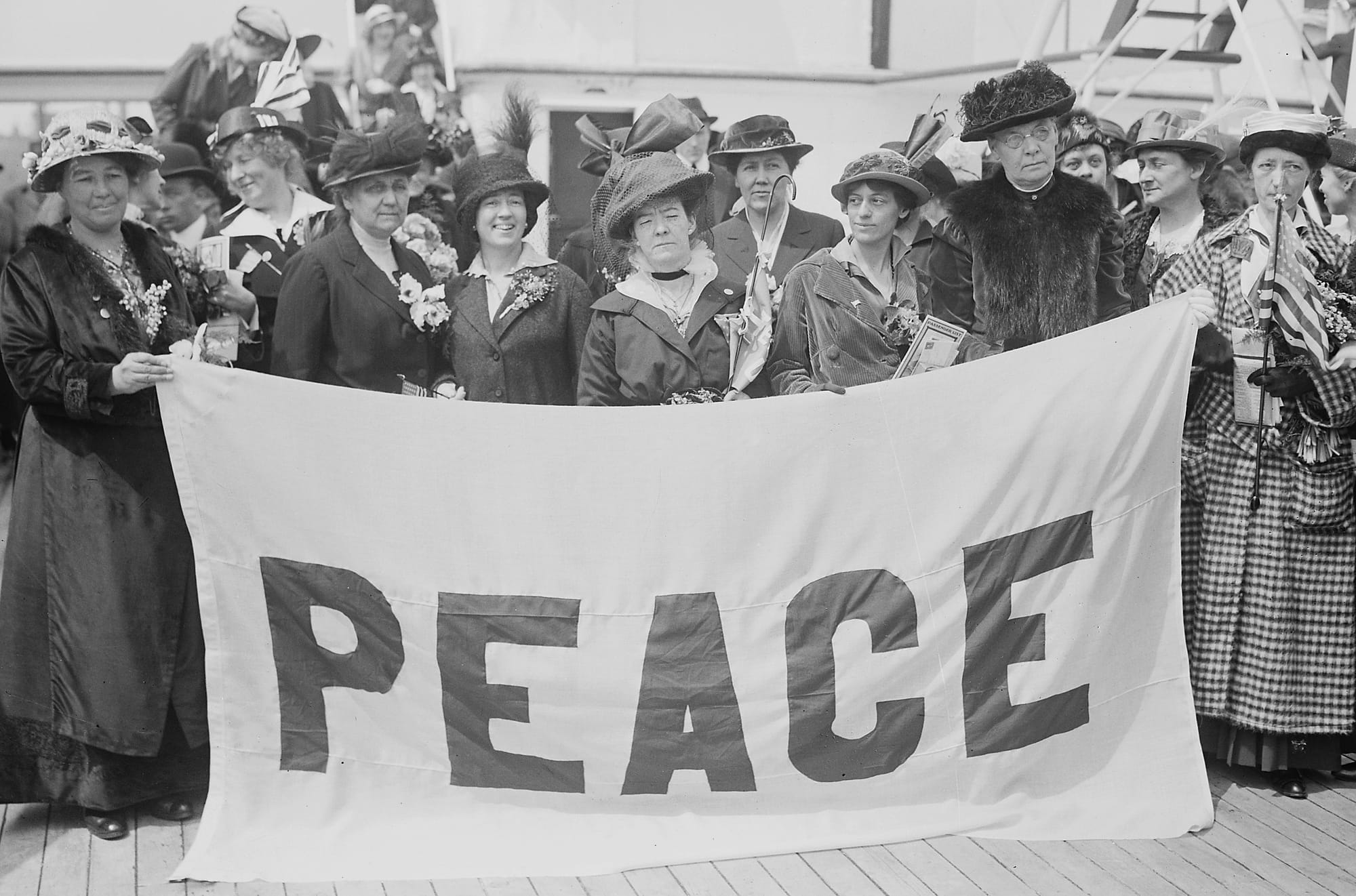
This content is for Paid Members
Unlock full access to Liberating Narratives and see the entire library of members-only content.
SubscribeAlready have an account? Log in

